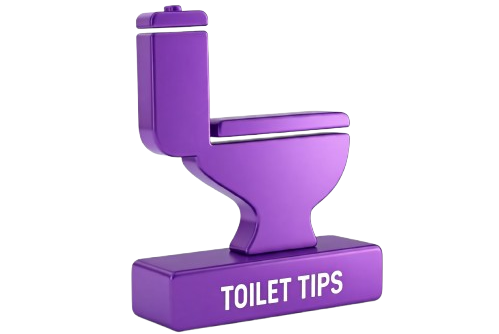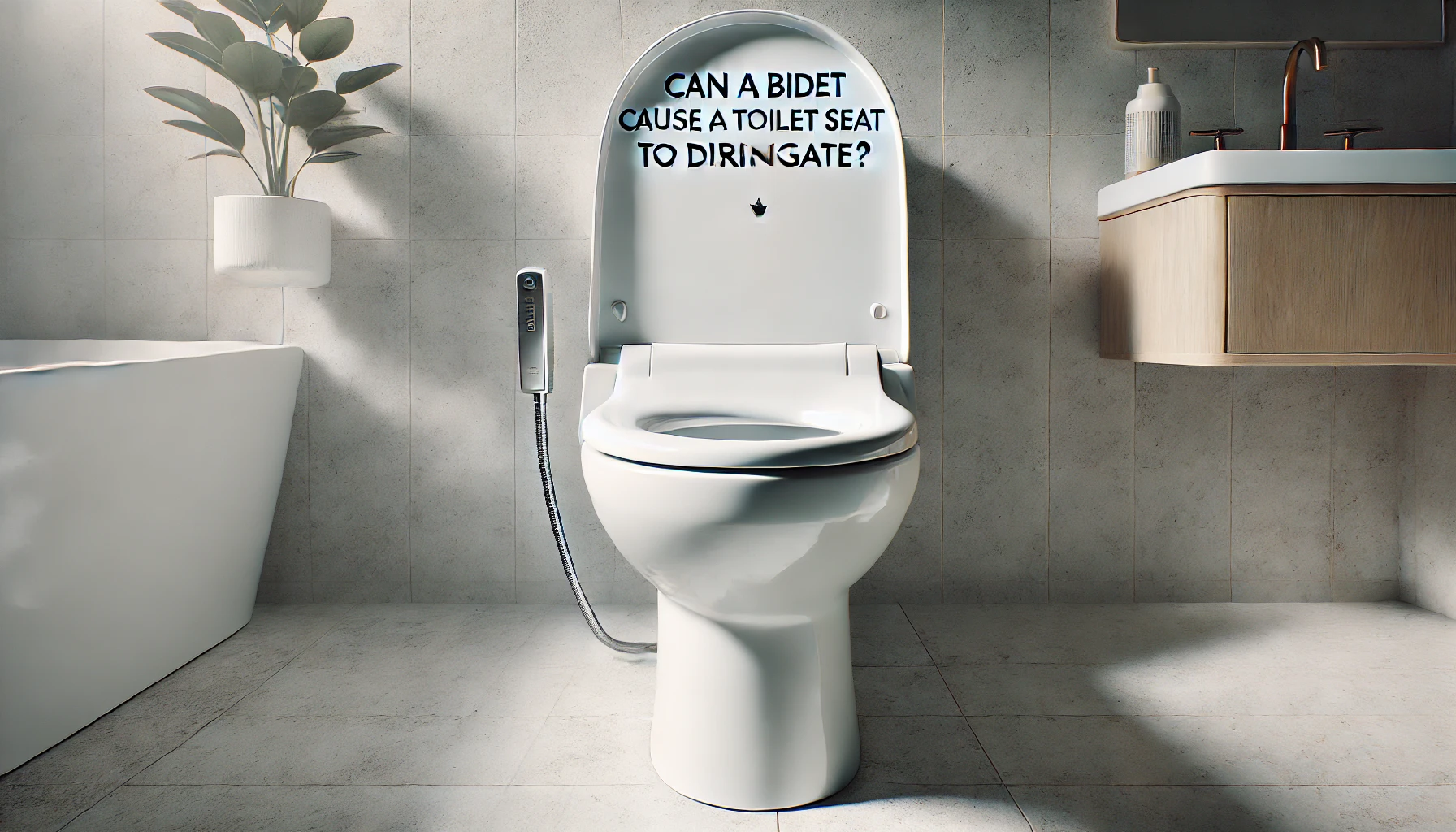The increasing popularity of bidets across homes in the United States and Europe has raised various questions concerning their impact on existing bathroom setups, particularly the durability of toilet seats.
In this detailed exploration, we address the query: “Can a bidet cause a toilet seat to disintegrate?” By examining material integrity, the effects of water exposure, and the quality of bidet and toilet seat products, we can provide a comprehensive understanding of this issue.
Table of Contents
Understanding Bidets: Function and Types
What is a Bidet?
A bidet is a bathroom fixture designed for cleaning oneself after using the toilet. It is a common sight in many parts of the world and is highly valued for its hygienic benefits. Bidets are considered an effective and gentle alternative to toilet paper.
Types of Bidets:
There are two main types of bidets: stand-alone bidets and bidet toilet seats. Stand-alone bidets are separate fixtures that are installed next to the toilet. Bidet toilet seats, on the other hand, replace the regular toilet seat and include built-in nozzles that spray water.
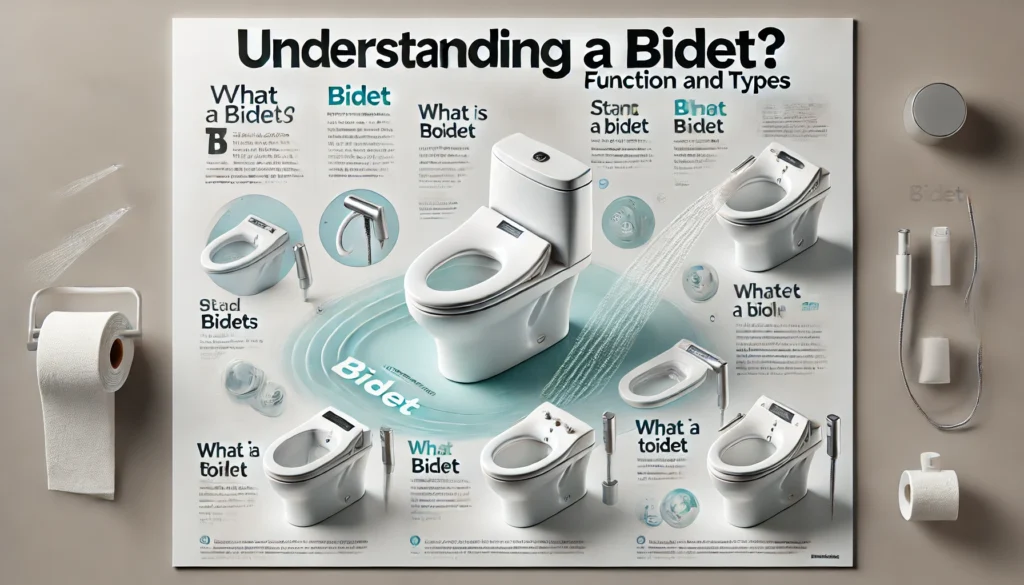
How Bidets Impact Toilet Seats
Material Considerations
The materials used to construct toilet seats can significantly affect how they withstand the consistent moisture introduced by a bidet. Plastic and resin seats, often chosen for their durability, are generally moisture-resistant and can handle the additional water without suffering damage.
However, wood seats, while aesthetically pleasing, may be more susceptible to warping or rotting if not treated or sealed properly.
Plastic toilet seats are a popular choice due to their durability and easy cleaning. They are generally resistant to water damage and do not absorb moisture, making them a good option for bidet users.
However, it’s important to choose a high-quality plastic seat that is specifically designed for bidet use. Some plastic seats may not be as durable or resistant to water damage as others.
The Role of Water Exposure
A main concern with bidets is their potential to degrade the toilet seat. Prolonged water exposure can lead to moisture accumulation in the nooks and crevices of the seat, potentially leading to mold or mildew.
Additionally, the water pressure and temperature of the bidet, especially if set on high settings, can stress the material of the seat, causing it to crack or weaken over time.
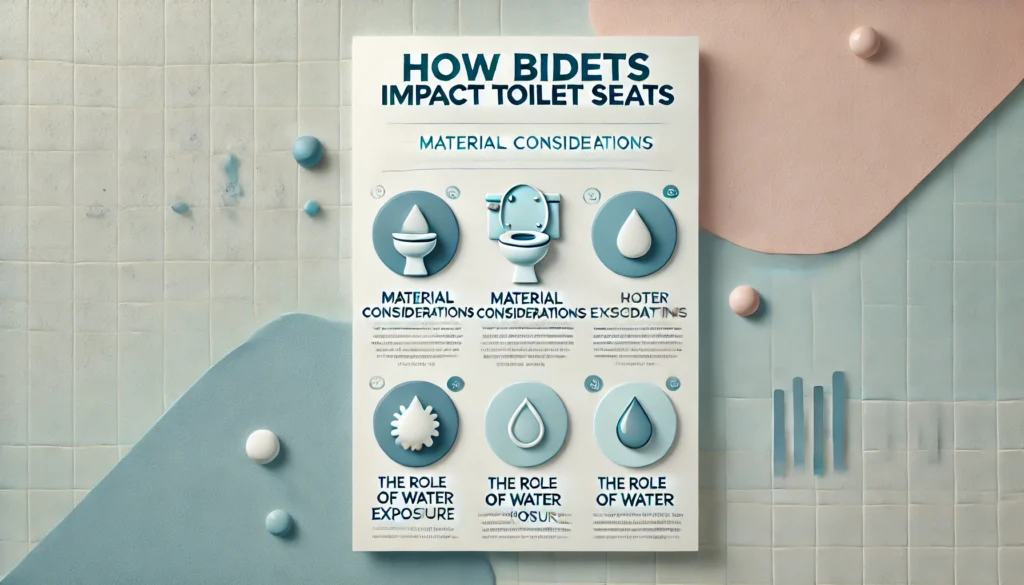
Installation and Maintenance: Preventing Damage
Proper Installation
Ensuring that your bidet is installed correctly is crucial to preventing damage. Poor installation can lead to leaks that may seep into the seat hinges, causing corrosion or even wood rot. If you’re unsure about the installation process, it’s best to consult a professional plumber.
Maintenance Tips
Regular cleaning is essential to prevent buildup of minerals from hard water, which can degrade the bidet seat. Check for leaks regularly and fix them promptly to prevent water damage. Use appropriate cleaners and avoid harsh chemicals that might degrade the plastic or strip the sealant on wooden seats.
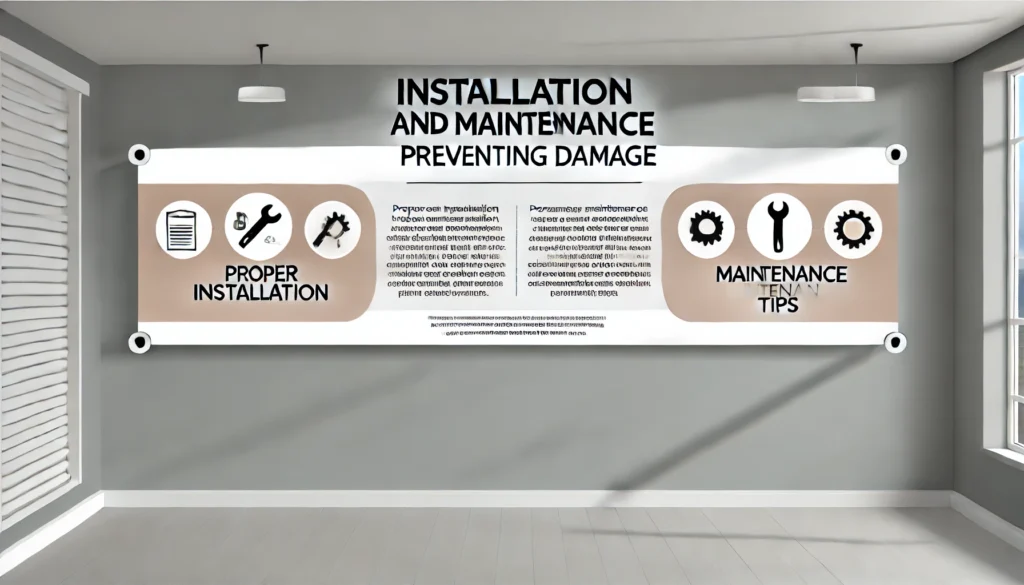
Choosing the Right Products
Adjustable water pressure and temperature are crucial features to look for in a bidet. This allows you to customize your experience and reduces the risk of material stress from excessive water pressure. Opt for bidets with high-quality materials that can resist corrosion and wear.
Additionally, consider the quality of the components used in the bidet, as they can significantly impact its durability and performance.
Conclusion
While bidets themselves do not directly cause toilet seats to disintegrate, the risk does exist if the seat material is not suited for prolonged water exposure or if the bidet and seat are improperly installed. By opting for high-quality, compatible materials and ensuring regular maintenance, you can greatly extend the life of both your toilet seat and bidet, maintaining their integrity and functionality over time.
Check also: Are Black Toilets are Unsanitary? Unpacking the Hygiene Debate!
Frequently asked Questions
Can a Bidet Really Cause a Toilet Seat to Disintegrate?
The use of a bidet generally does not lead to a toilet seat disintegrating. However, some materials, like untreated wood, may show signs of wear faster with excessive water exposure. Selecting a toilet seat designed for water tolerance minimizes any potential risks.
What Toilet Seat Materials Are Most Affected by Bidet Use?
Wooden toilet seats are more prone to warping or rotting from repeated water exposure if untreated. Plastic and resin seats, however, are generally moisture-resistant and better suited to bidet use, withstanding water exposure without damage.
How Does Water Pressure from a Bidet Affect Toilet Seats?
High water pressure settings on bidets can stress some seat materials, especially if they are not designed for it. Adjustable water pressure allows users to find a suitable setting that does not compromise the toilet seat’s integrity over time.
Does Bidet Installation Quality Impact Toilet Seat Durability?
Yes, incorrect installation can lead to leaks, which may corrode metal hinges or seep into seat materials. Professional installation or thorough checks can prevent these issues, helping to maintain seat durability.
Can a Bidet’s Warm Water Setting Harm a Toilet Seat?
Warm water does not generally harm toilet seats but can accelerate wear on seats not designed for regular heat exposure. Choosing a bidet-compatible seat or setting moderate temperatures can help avoid potential damage.
Are Plastic Toilet Seats Suitable for Bidet Use?
Plastic toilet seats are durable and water-resistant, making them highly compatible with bidets. They withstand consistent moisture exposure well, provided they are of high quality and designed to handle water exposure.
How Can I Prevent My Toilet Seat from Disintegrating with a Bidet?
Regular maintenance and cleaning are key. Checking for leaks, promptly addressing issues, and using appropriate cleaners can prevent mineral buildup and water damage, extending the life of both the bidet and the seat.
Does Mineral Buildup from Hard Water Affect Toilet Seats?
Hard water can lead to mineral buildup, which may degrade toilet seats over time. Using a water-softening solution or regularly cleaning the bidet seat area can prevent accumulation and help preserve seat quality.
Is a Special Toilet Seat Needed for a Bidet?
While many standard toilet seats are compatible, seats designed specifically for bidet use are often more resilient. Look for high-quality plastic or resin seats, as they handle moisture better and provide added longevity.
Can a Bidet Cause Mold or Mildew on Toilet Seats?
If water accumulates under the seat due to leaks or improper drying, mold or mildew can develop. Ensuring proper drying and inspecting for leaks regularly helps prevent such issues, keeping the seat in better condition.
